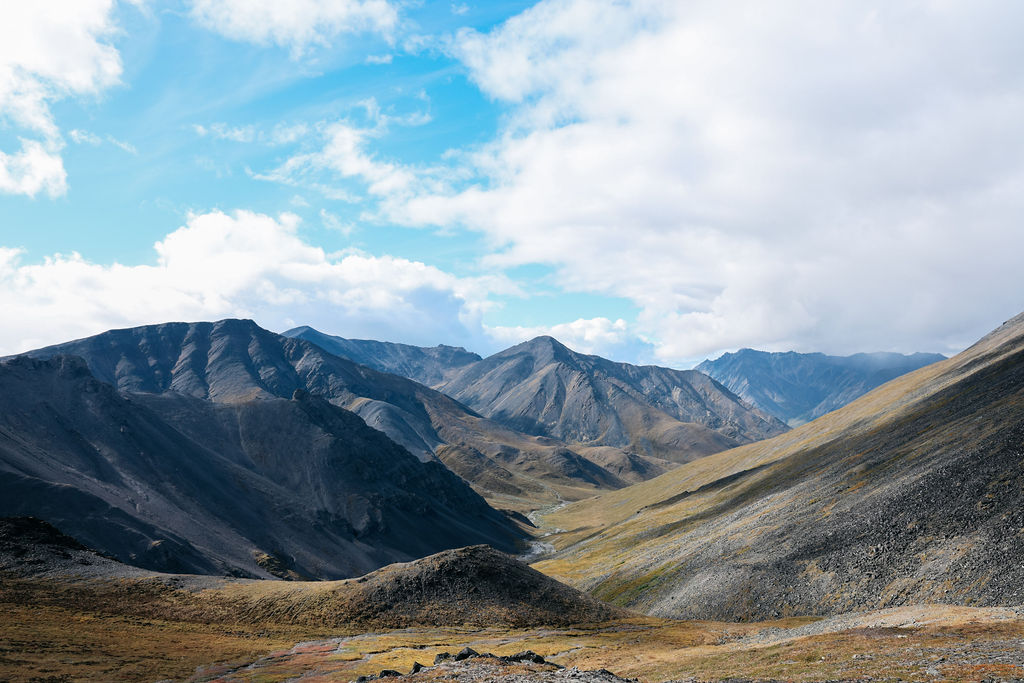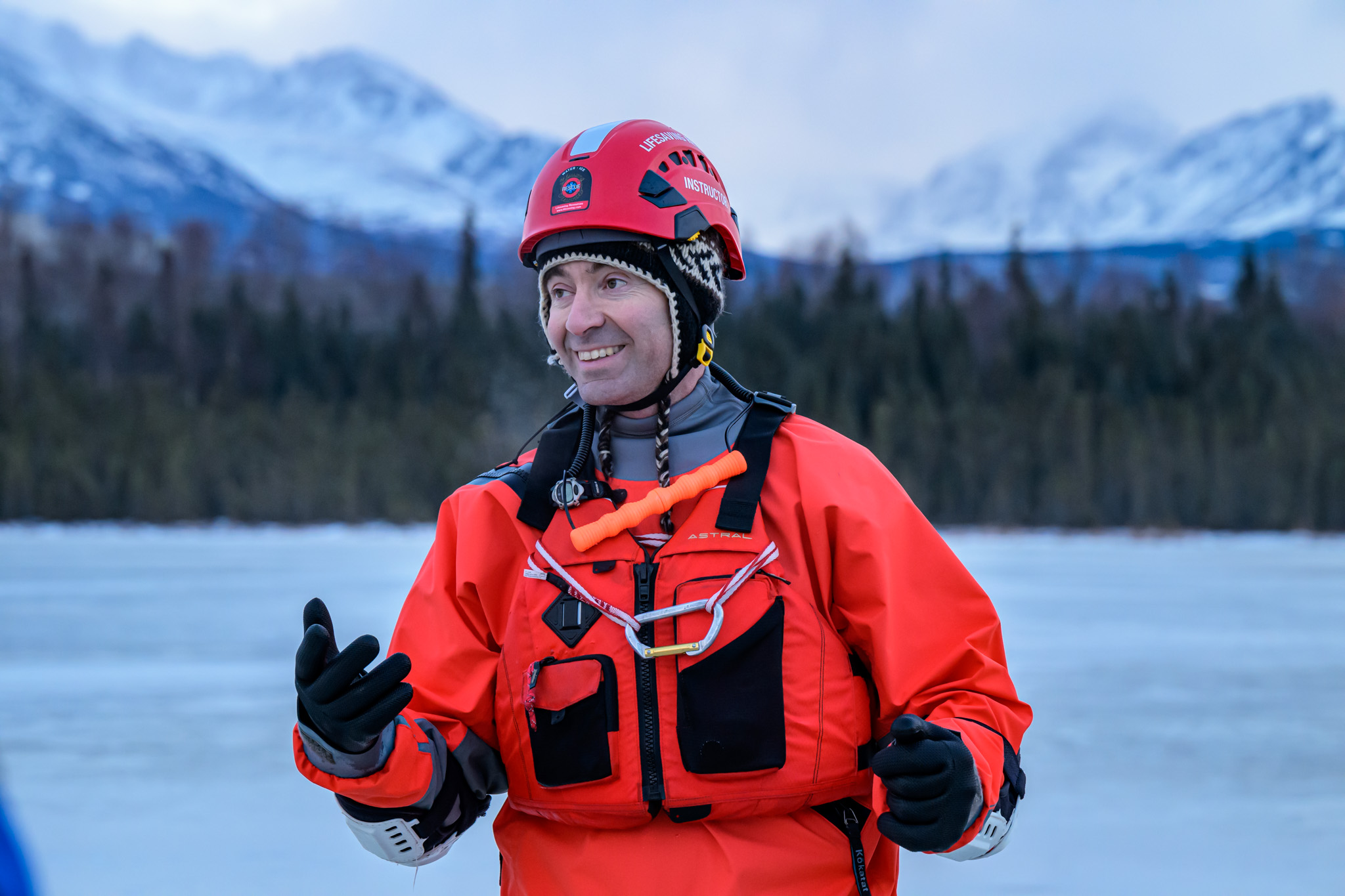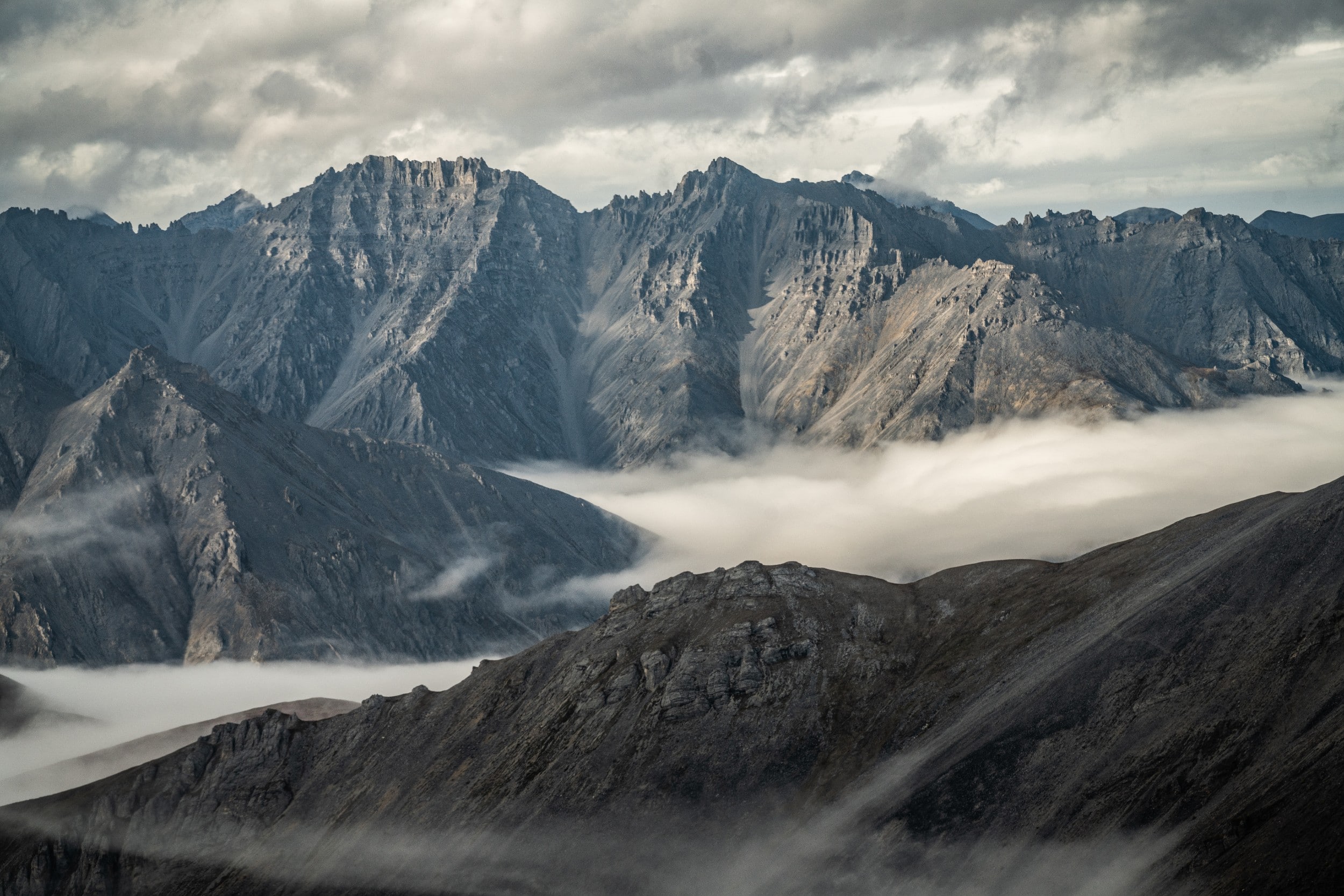Pilots Share What’s Special About Flying into the Brooks Range
For this remote hunting and fishing paradise, sometimes getting there is half the adventure
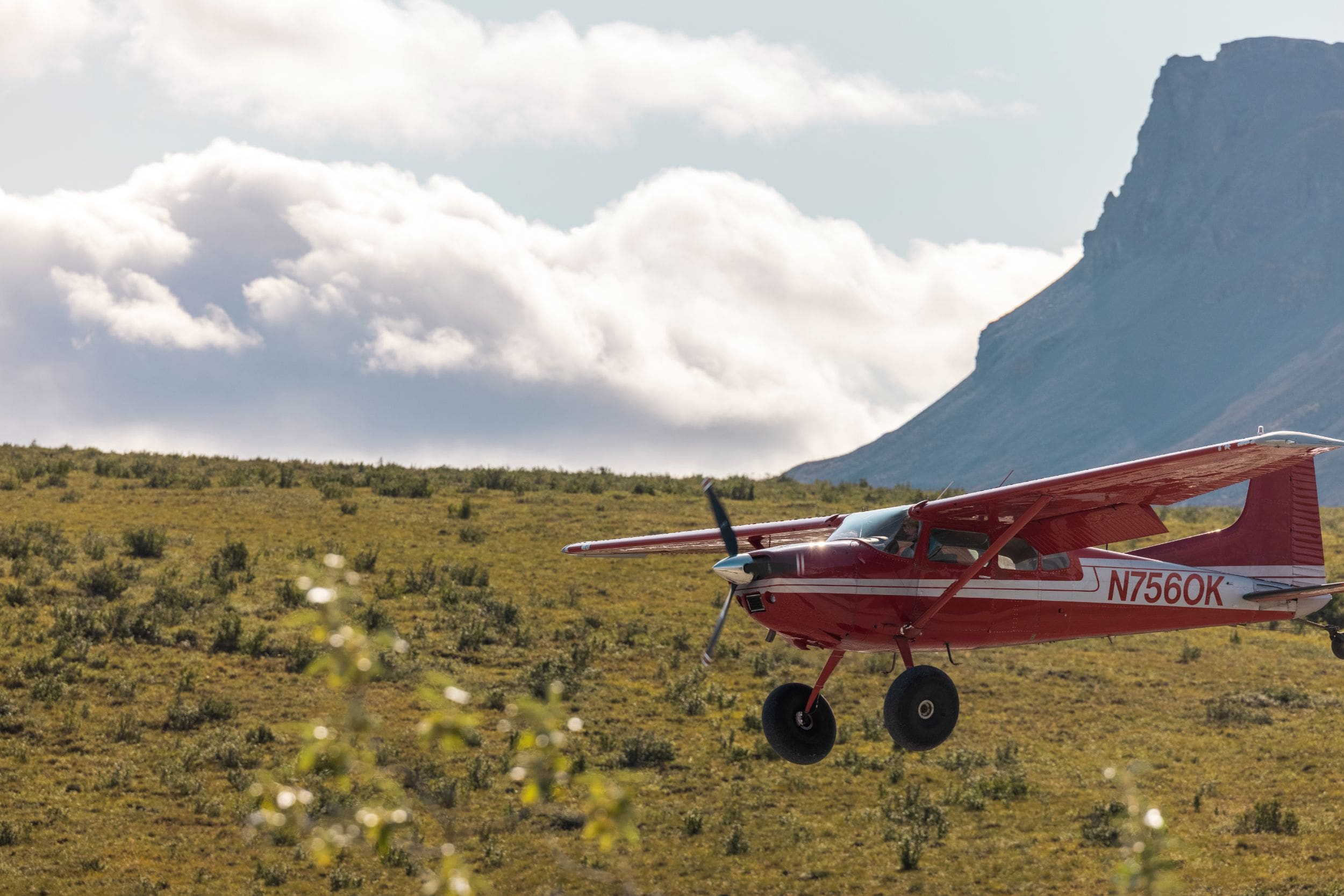
Alaska likely has more bush pilots and small-plane air taxi companies than anywhere else in the country. Odds are, if you’re going on a hunting or fishing trip to the 49th state, you’ll need to charter with one of them.
The Brooks has some of the best fly-in-and-float hunting and fishing in the world, but its remoteness demands that you be able to trust your pilot and anyone else supporting you. Chartering into the Brooks Range is similar to flying in other parts of Alaska’s backcountry, except that it’s a lot bigger. There is no real hub north of Fairbanks, so your pilot has to consider things like fuel, weather, and other logistics very carefully.
Fortunately, the Brooks Range has some of the best bush pilots in the state. We caught up with three of them to learn more about what it’s like to fly in the Brooks and why they love this place so much.

Ben Childs lives in Fairbanks but he flies for Ram Aviation out of Kotzebue. He predominantly flies caribou hunters in the Western Arctic.
“It’s the most Alaskan part of Alaska,” Childs said, speaking of the western Brooks Range. “I like the feeling of flying in an area that is maybe not completely undiscovered, but it can definitely give you that impression. It’s remote. It is still truly wild. You feel like you could get lost out there. It feels like adventure is still possible.”
When asked how first-time clientele react to being dropped off, Childs laughed.
“Shock. It’s almost a traumatic experience to be flown over an hour over really rugged territory, dropped off in generally inclement weather, and then listen to the airplane fade off into the background,” he said.
That shock quickly turns to awe and, often, the trip of a lifetime.
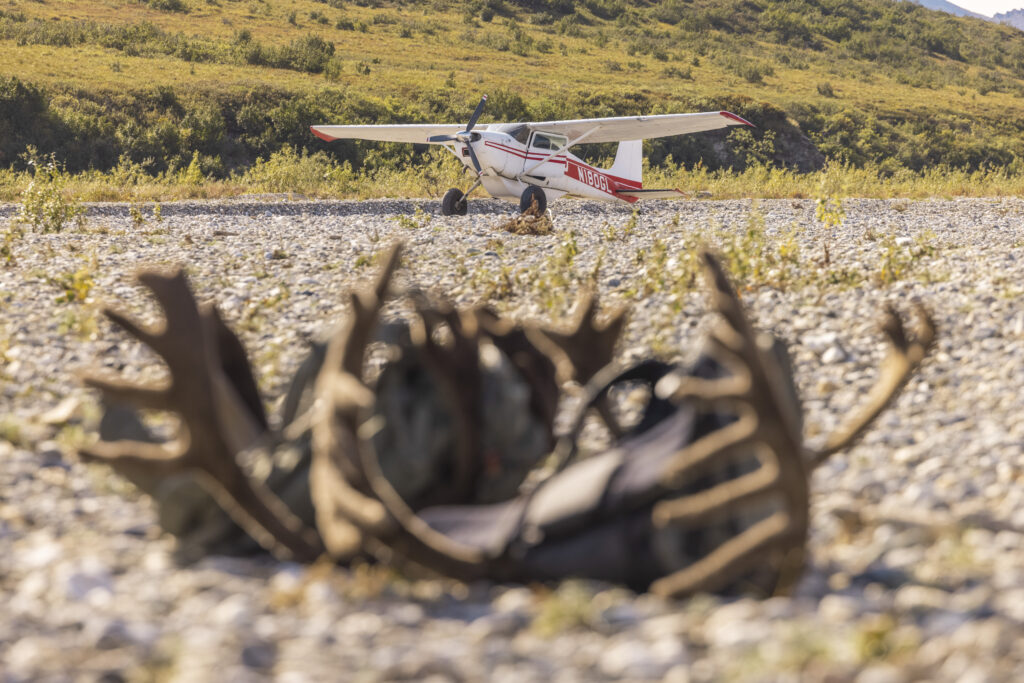
Taj Shoemaker has flown, hunted, and guided hunters through much of the Brooks Range. In 2012, Shoemaker started North River Air, a small on-demand aircraft company able to fly nearly anywhere in Alaska. Often, Shoemaker assists biologists with wildlife surveys, radio tracking, capture projects, and servicing field camps. For instance, Shoemaker will spend a month and half this summer flying Dall sheep surveys over much of the Brooks. He also guides brown bear and moose hunts on the Alaska Peninsula with his family business, Grizzly Skins of Alaska Inc.
When asked what it is about the Brooks Range that makes it so special, Shoemaker talked about how remote, big, and untouched the place is.
“It’s hard to put into words,” Shoemaker said. “On one sheep hunt, a client and I watched two rams sparring high in the mountains near the continental divide. It was well after midnight in August. Season was open and at least one was legal – we just watched those rams square off in the dusky light.”
When asked about his first time flying to the Brooks Range, he laughed. “That’s a story,” Shoemaker said.
When Shoemaker was 18, he was scheduled to make his first trip to the Brooks to guide sheep hunts. He’d worked on his plane all summer to try to get it ready to fly from Fairbanks up to basecamp on the north side of the range. Not long after taking off, he had engine problems and was forced to make an emergency landing.
At the Coldfoot air strip on the south side of the Brooks Range, he borrowed tools from Danielle Tirrell and Dirk Nickish of Coyote Air. Danielle and Dirk were just at the beginning of their careers in the Brooks. Their names have since become synonymous with flying in the area.
Once he got the engine working all right, Shoemaker planned to follow the Dalton Highway over Atigun Pass and, from there, it wasn’t far to where his outfitter’s basecamp was located. Shoemaker had been warned that a heap of planes had been wrecked at Atigun Pass. The weather seemed good enough in Coldfoot, so the teenage pilot took off thinking it would be no big deal. As he approached the top of the pass, the mountain and road suddenly disappeared into fog.
“My mistake was sticking my nose in there in the first place,” Shoemaker said. “I knew enough to know that trying to turn around in a canyon is how people die. I stayed low, maybe 10 feet off the road. The canyon narrowed to the point that I thought a wing might hit. A moment later, I popped out of the clouds onto the north side of the Brooks Range.”
“Since then, I only fly over Atigun Pass on clear days, but I still get a little bit of an adrenaline rush.”
Once Shoemaker made it to sheep camp, he realized that in all the distraction of getting his plane ready, he’d forgotten to pack warm clothing. It soon snowed two feet, which stuck for the entire season. Early on, Shoemaker blew out the crotch of his one pair of Carhart pants. At the end of the season, he was able to fly back to Fairbanks, where he promptly condemned his plane’s engine and began to thaw out.

We chatted with Danielle Tirrell of Coyote Air in Coldfoot, while she was waiting for the weather to improve enough to pick up a group of anglers on the Kobuk River. She and her partner Dirk have been based out of Coldfoot on the Dalton Highway for the last two and half decades, flying hunters and other recreationists all over the Brooks.
“Most of our clientele are repeats who come here year after year fishing, hunting, and recreating, because it’s just such a special place. It gets under their skin,” Tirrell said. “I just picked some folks up who were out hunting. They come every year. They don’t always get an animal, and that’s not necessary for them. They saw wolves and sheep and caribou and bears and sat on a lake watching loons. It draws them back, because there’s just no place like it in the world.”
Tirrell, Childs, and Shoemaker share a similar aversion to the proposed Ambler Road for what it would do to the wildlife and outdoor opportunities the Brooks Range offers. The 211-mile industrial road would cut across the southern flanks of the Brooks Range to prospective mines in the Western Arctic. All three pilots recognize the importance of the mining industry but believe there is a lot more to be lost than gained from the Ambler Road.
We asked Tirrell on a scale of 1 to 10 how concerned she was about the project, and she didn’t waste a breath before saying 10.
“It’s not just the road. It’s the impact it will have beyond [the road.] It would cross so many rivers. It would cross all the headwaters of the Kobuk River. We’re already seeing [some impact] in the helicopter exploration that’s going on over, you know, 30 miles, 50 miles north of the proposed route,” Tirrell said.
Child expressed similar concern that, if built, the Ambler Road wasn’t going to just be one road. Numerous other roads and infrastructure would grow from it across the Western Arctic.
“My biggest concern would be the spidering effect,” Childs said. “It isn’t just the Ambler Access Road; it’s the potential for that to develop into a larger network of roads and infrastructure. A huge draw to this part of Alaska is being able to go out and not see people and infrastructure. To float a wild and scenic river, to fish, to go hunting, to get away from the over-industrialization that is everywhere else. That appeal would go away.”
Shoemaker had the same concern but also offered a balanced perspective.
“I’m not opposed to mining. I grew up partly in Circle Hot Springs, which is an old mining district,” he said. “There are two sides to every story, but the Ambler project is pretty cut and dry. I don’t like it. My take on it is that there are very few places without roads. The rest of the world is cut up with roads, mines, and infrastructure. I’m not opposed in principle, but good Lord, leave some places alone.”
It’s up to hunters and anglers across the country to make sure the Brooks Range remains the wildest swath of country for future generations to hunt and fish — and fly. Take action to defend the Brooks Range and its unrivaled backcountry experiences.
Header Image: Aaron Hitchins

